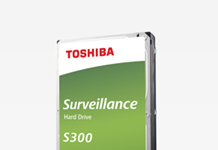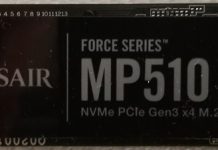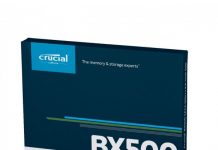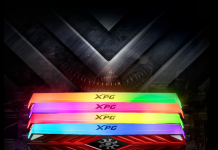 MyCE is proud to announce that OCZ has listed MyCE as a top tier 3rd party product tester for solid state drives! So, what does it take to properly benchmark an SSD, such as the likes of the SandForce based Vertex 2?
MyCE is proud to announce that OCZ has listed MyCE as a top tier 3rd party product tester for solid state drives! So, what does it take to properly benchmark an SSD, such as the likes of the SandForce based Vertex 2?
With every SSD that is launched, product reviewers love to get their hands on them to show how they perform with various figures. Like the days of testing hard disks, their choice of tests are usually synthetic based, such as HD Tune, HDTach, Crystal Disk Mark, ATTO, AS SSD and so on. However, no matter how impressive the figures may appear, these tests do little to actually show how the SSD would perform in the real world. In fact, some synthetic tests don’t even handle true NCQ support, resulting in a queue depth of 1 being tested or just a complete random pattern being tested when NCQ is used.
Think of it as benchmarking the latest car in a sophisticated garage. How many car enthusiasts would be happy to watch car shows that only reviews their cars in a garage, such as speed measurements, MPG, etc. from a chassis dynamometer? There is simply no way to see how a car really performs until it is put on the open road with real road conditions, weather and traffic and this is the same with an SSD!
OCZ has now posted its latest benchmarking FAQ, this time for its Vertex 2, in which they clearly state that the best way to test SSD's performance is through real-world testing. These include timings of OS cold boot and shutdown, installation of software, file copy tests and so on. They went on followed by a quote from our Vertex 2 review, “It has become clear recently that simply conducting endless benchmarks on SSD drives is pointless. Real users may run a few benchmarks when they first fit their SSD drive, but most users just want a drive that performs well in the real world. They want their drive to work "out of the box" and work fast and smoothly.”
Sure enough, our senior product reviewer Wendy focuses heavily on real-world testing in her latest review of the Vertex 2. These real-world tests include various application loading times, copying files and folders of different types and sizes between drives and within the SSD itself, Windows 7 start-up & shutdown, installations of large software packages and the all-new MyCE reality suite, not to mention comparisons against competing SSDs and a spinning hard disk for reference.
The new MyCE reality suite involves a filtered trace of the SATA port while carrying out automated real-world tests to give more accurate timings of real-world tests. This is like putting a car on the road, but using robot to test the car to its limits on the road in a repeatable way.
Like how some car’s performance measurements can only be measured with proper testing equipment (e.g. torque and emissions), there are a few synthetic tests useful for SSDs, which OCZ lists. These include Crystal Disk Mark which tests random 4KB throughput with a queue depth of 32, ATTO which gives consistent results up to a queue depth of 10 and IOMeter which is also very good at testing 4KB IOPS.
The full OCZ Vertex 2 benchmarking FAQ can be found on the OCZ forum, where they list MyCE as a top tier 3rd party online reviewer.
















